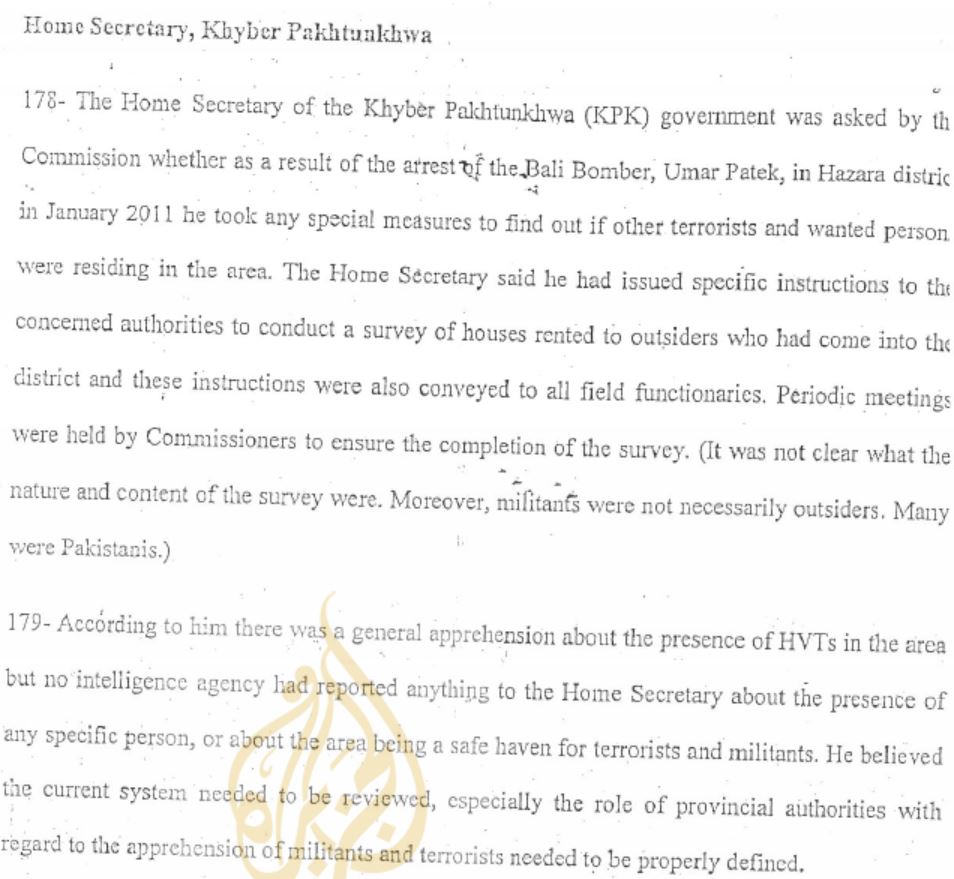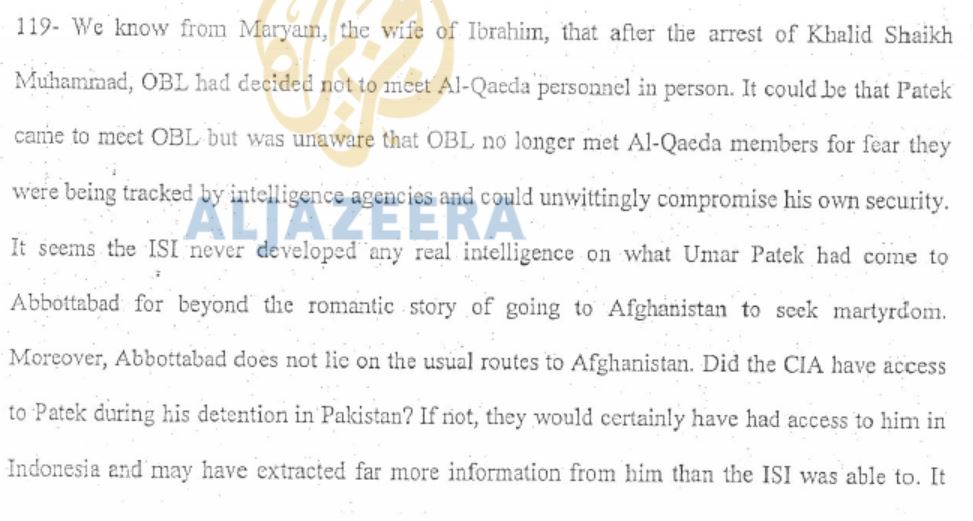In what can only be described as a significant ruling, Judge Jeffrey White in the Northern California District (CAND) has rejected the federal government’s, via the Obama and Holder Department of Justice, assertion of state secrets privilege in the case of Jewel v. National Security Agency and the related consolidated case of Shubert v. Obama.
The full decision of the court is here, and in the critical active language from the court’s own summary states:
Having thoroughly considered the parties’ papers, Defendants’ public and classified declarations, the relevant legal authority and the parties’ arguments, the Court GRANTS the Jewel Plaintiffs’ motion for partial summary adjudication by rejecting the state secrets defense as having been displaced by the statutory procedure prescribed in 50 U.S.C. § 1806(f) of FISA. In both related cases, the Court GRANTS Defendants’ motions to dismiss Plaintiffs’ statutory claims on the basis of sovereign immunity. The Court further finds that the parties have not addressed the viability of the only potentially remaining claims, the Jewel Plaintiffs’ constitutional claims under the Fourth and First Amendments and the claim for violation of separation of powers and the Shubert Plaintiffs’ fourth cause of action for violation of the Fourth Amendment. Accordingly, the Court RESERVES ruling on Defendants’ motion for summary judgment on the remaining, non-statutory claims.
The Court shall require that the parties submit further briefing on the course of this litigation going forward.
Now, before too much celebration is made, there are some sobering aspects of this decision as well. As can be told from the quote above, several counts in both complaints have been dismissed based on sovereign immunity, and the court has questions about the continued validity of the remaining counts and has requested further briefing in that regard.
With the ultimate status of the litigation left for another day, the big news today is the negation of the dreaded state secrets assertion. To say this is a rare occurrence is to be too kind. In fact, the main instance where the privilege was overcome was the al-Haramain litigation, also in CAND, where Judge Vaughn Walker found non-classified evidence sufficient to proceed in the face of the state secrets assertion, and even that case was later reversed and dismissed by the 9th Circuit.
The court in Jewel mapped out the consideration process for the privilege challenge:
The analysis of whether the state secrets privilege applies involves three distinct steps. First, the Court must ascertain whether the procedural requirements for invoking the privilege have been satisfied. Second, the Court must make an independent determination whether the information is privileged. In determining whether the privilege attaches, the Court may consider a party’s need for access to the allegedly privileged materials. See Reynolds, 345 U.S. 19 at 11. Lastly, the “ultimate question to be resolved is how the matter should proceed in light of the successful privilege claim.” El-Masri v. United States, 479 F.3d 296, 304 (4th Cir. 2007).
Noting that the assertion of state secrets must not cause “a complete surrender of judicial control over access to the courts”, Judge White wrote:
Here, having reviewed the materials submitted for review and having considered the claims alleged and the record as a whole, the Court finds that Defendants have timely invoked the state secrets doctrine. Defendants contend that Plaintiffs’ lawsuits should be dismissed as a result of the application of the privilege because the state secrets information is so central to the subject matter of the suit that permitting further proceedings would jeopardize national security. Given the multiple public disclosures of information regarding the surveillance program, the Court does not find that the very subject matter of the suits constitutes a state secret. Just as in Al-Haramain, and based significantly on the same set of facts in the record here, the Court finds that although there are certainly details that the government has not yet disclosed,
because of the voluntary disclosures made by various officials since December 2005, the nature and purpose of the [Terrorist Surveillance Program], the ‘type’ of persons it targeted, and even some of its procedures are not state secrets. In other words, the government’s many attempts to assuage citizens’ fears that they have not been surveilled now doom the government’s assertion that the very subject matter of this litigation, the existence of a warrantless surveillance program, is barred by the state secrets privilege.
507 F.3d at 1200; see also Hepting v. AT&T Corp., 439 F. Supp. 2d 974, 986-88, 991 (N.D. Cal. 2006) (holding that the existence of a program of monitoring the contents of certain telephone communications was no longer a state secret as a result of the public statements made by the President and the Attorney General). Accordingly, the Court does not find dismissal appropriate based on the subject matter of the suits being a state secret. See Totten, 92 U.S. at 107.
White went on to note that there were significant items of evidence in the Jewel case tending to confirm or negate the factual allegations in Plaintiffs’ complaints that would be subject to state secrets exclusion. However, White held that, as a matter of law, the FISA procedural mechanism prescribed under 50 U.S.C. 26 § 1806(f) preempted application of the state secrets privilege in the litigation at bar.
Citing one of the interlocutory appellate decisions in al-Haramain and the underlying logic of then trial judge Vaughn Walker), Judge White said:
In its opinion on remand in the Al-Haramain matter, this district court found that “FISA preempts the state secrets privilege in connection with electronic surveillance for intelligence purposes ….” In re National Security Agency Telecommunications Records Litigation (“In re N.S.A. Telecommunication Records Litig.”), 564 F. Supp. 2d 1109, 1111 (N.D. Cal. 2008). The undersigned agrees and finds that the in camera review procedure in FISA applies and preempts the determination of evidentiary preclusion under the state secrets doctrine. Section 1806(f) of FISA displaces the state secrets privilege in cases in which electronic surveillance yields potentially sensitive evidence by providing secure procedures under which courts can consider national security evidence that the application of the state secrets privilege would otherwise summarily exclude.
Section 1806 of the FISA enabling statutes in Title 50 of the United States Code provides, inter alia;
… whenever any motion or request is made by an aggrieved person pursuant to any other statute or rule of the United States or any State . . . to discovery or obtain applications or orders or other materials relating to electronic surveillance . . . the United States district court … shall, notwithstanding any other law, if the Attorney General files an affidavit under oath that disclosure or an adversary hearing would harm the national security of the United States, review in camera and ex parte the application, order, and such other materials relating to the surveillance as may be necessary to determine whether the surveillance of the aggrieved person was lawfully authorized and conducted.
This finding by Judge White reaffirmed at least some control by federal trial courts of sweeping assertions of state secrets privilege by the Executive Branch. That is, better than nothing, for sure. But it is rather small comfort in light of the finding of qualified immunity extended to the government on the Jewel and Shubert plaintiffs’ statutory claims under FISA.
In discussing the intersection of the FISA claims with related claims by plaintiffs under the Stored Communication Act and Wiretap Act, the court did leave several more general counts of the complaints active. However, there is no way to look at the entirety of Jeff White’s opinion and come away believing the plaintiffs have any clear path to victory in the long run. The Jewel and Shubert cases live on to fight another day, for now, but the handwriting is on the wall for either the 9th Circuit or Supreme Court to deal the death blow down the road.




